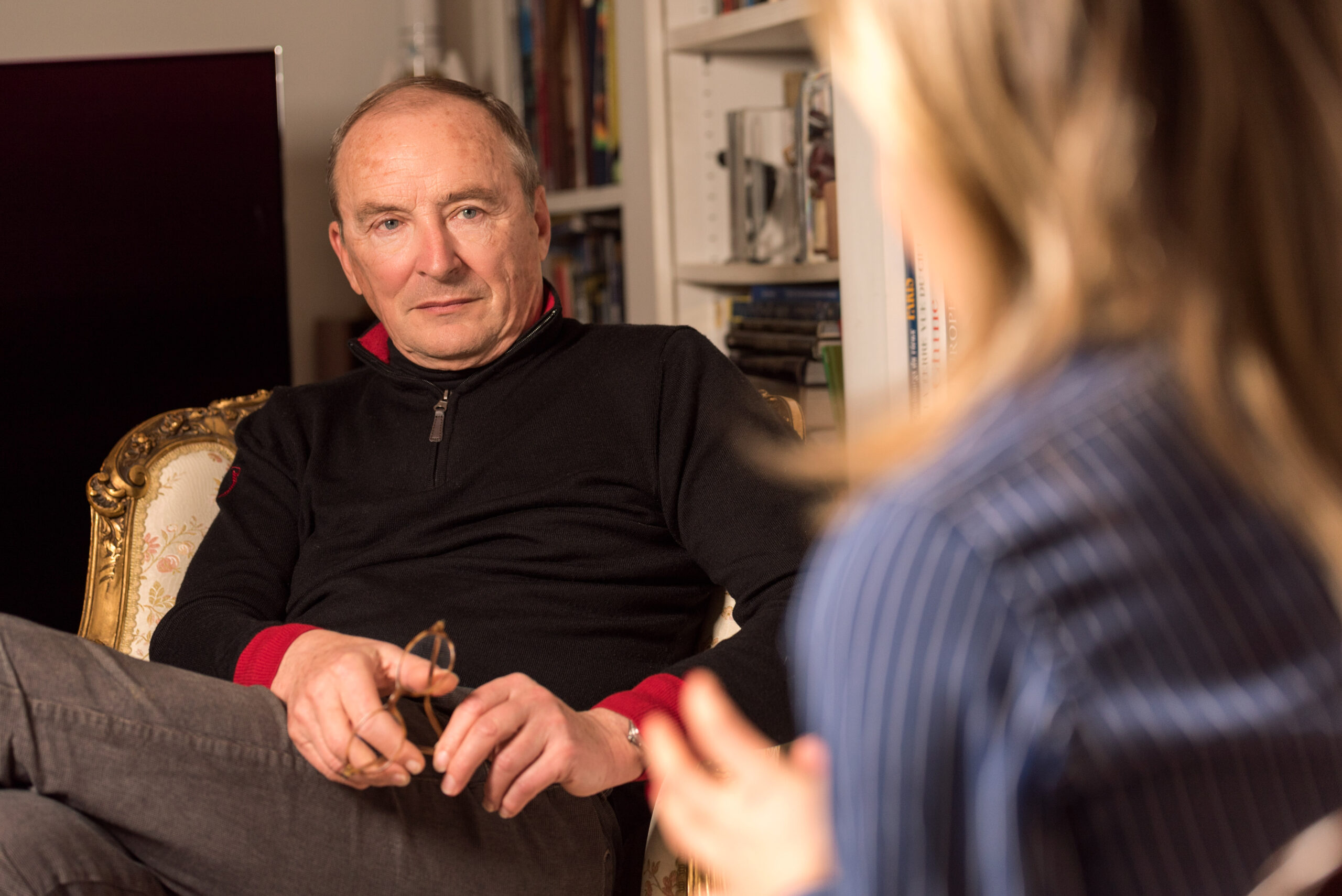 Aerospace and Defense Actors
Aerospace and Defense ActorsOver the course of three decades after the initial space race, the world’s interest in space exploration gradually shifted from a competition-based approach to a collaborative mission. Experts from around the world started to cooperate to explore and challenge the unknown and push the boundaries of innovation beyond our scientific and technical limits to address fundamental questions about our present and future.
February 20, 2017
Over the course of three decades after the initial space race, the world’s interest in space exploration gradually shifted from a competition-based approach to a collaborative mission. Experts from around the world started to cooperate to explore and challenge the unknown and push the boundaries of innovation beyond our scientific and technical limits to address fundamental questions about our present and future.
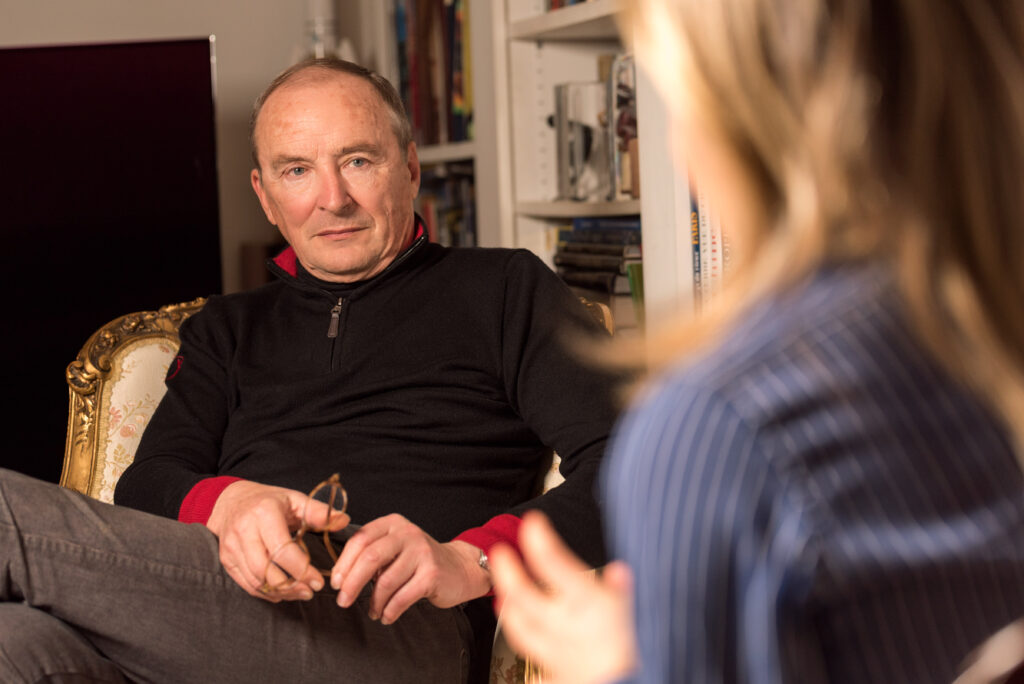
For this blog post, it is with great pleasure that I introduce you to a fascinating and talented individual who has exhibited sheer determination and tenacity throughout his career to achieve some impressive feats: The Cosmonaut Jean-Pierre Haigneré. I was very fortunate to interview Mr. Haigneré and, during our meeting, he shared with me some fascinating insights into his achievements, his love for life, and what he learned from his experiences in space.
Mr. Haigneré is a French at the Air Force General Officer and a former CNES Astronaut. He was born in 1948 in Paris, France, and joined the French Air Force as a fighter pilot, serving as Flight Commander of the 13e Colmar Fighter Wing on Mirage 5th and Mirage 3E aircraft. Then as a test pilot he participate in the development of the Mirage 2000N and piloted the many aircraft including the historical Dewoittine 520. Mr. Haigneré flew on two missions to the Mir Space Station, one in 1993 and one in 1999 (Altair and Perseus).
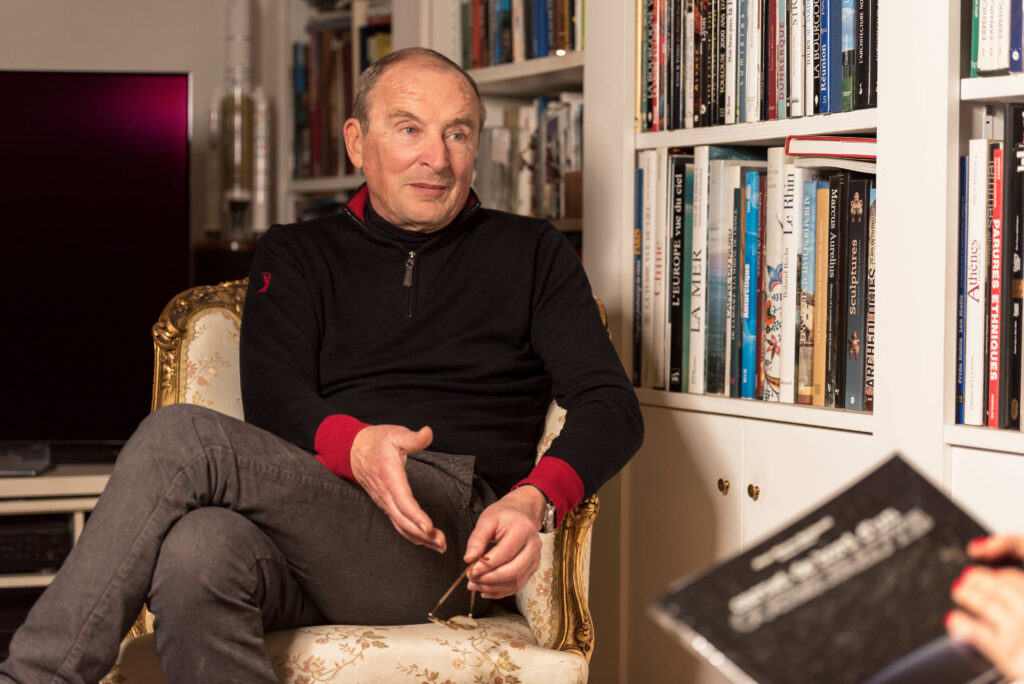
On Saturday, February 20, 1999, the Soyuz TM29 was launched into space with Mr. Haigneré and his crew aboard. The spacecraft was headed to the MIR space station for the Perseus Mission, a six-month mission that spanned 186 days (that's 4464 hours or 267840 minutes). Mr. Haigneré and his colleagues were to be humanity’s eyes in the skies and were tasked with exploring space and understanding how stepping into the outer reaches of the Earth's atmosphere affect range of scientific experiments.
“The eyes in the sky” crew witnessed first hand the beauty and fragility of the resources Earth offers to make human existence possible. However, from their privileged position in space, they were also able to observe how humanity’s abuse of the Earth’s resources cause significant damage to the planet and putting future generations at risk. "It is difficult to interpret the dizziness, which is perceived as we plunge our gaze into the infinity of the cosmos. Our planet finally appears to have very small dimensions and as an irreplaceable gift for Life".
Progress is inevitable. For centuries, humanity’s impalpable desire to explore and challenge the boundaries of what we know and where we have been has, without a doubt, bestowed upon us with significant break-throughs that have developed society through expanding technology and the development of new industries. Innovation is the driving force behind progress. However, regardless of what we make and achieve, our actions will determinate whether life will improve or deteriorate.
Today, progress is defined almost entirely by consumer-driven, often banal improvements in information technology. But how can we build a better life if not with innovation? Innovation is a creative process. If we reevaluate the manner in which we utilize our resources and capability to invent, we can add value and contribute to our natural resources instead of detracting from them.
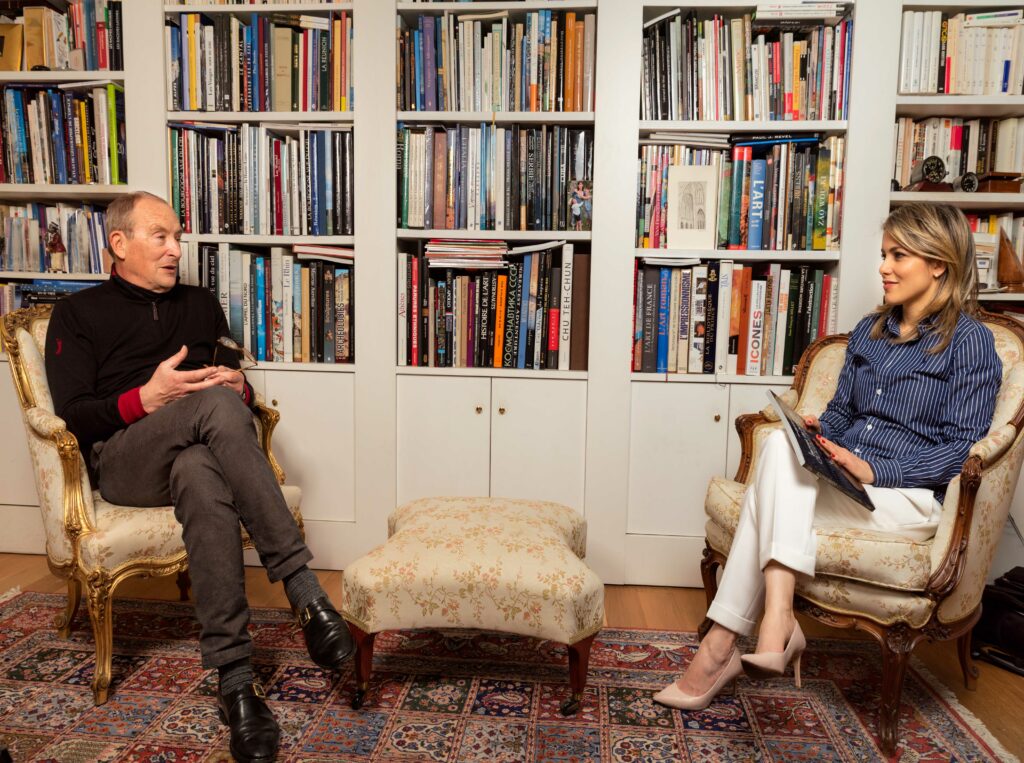
Man has proven that we have the ability to deliver powerful innovations. Our curiosity and thirst for exploration have allowed us to achieve impressive feats. This power to innovate now represents the key to enhancing environmental productivity. Our focus needs to shift from increasing GDP to the development of less damaging means of production that support economic growth and social progress while also safeguarding the planet for future generations.
We have the power to dictate what the world will become in the future. What we do today will change life for future generations. It is our responsibility to ensure that the people of the future inherit the same, and perhaps even more, human and natural wealth that we benefit from in our own lifetimes.
Cheers!
Ana Paula Araujo MendesCosmonaut Jean-Pierre Haigneré
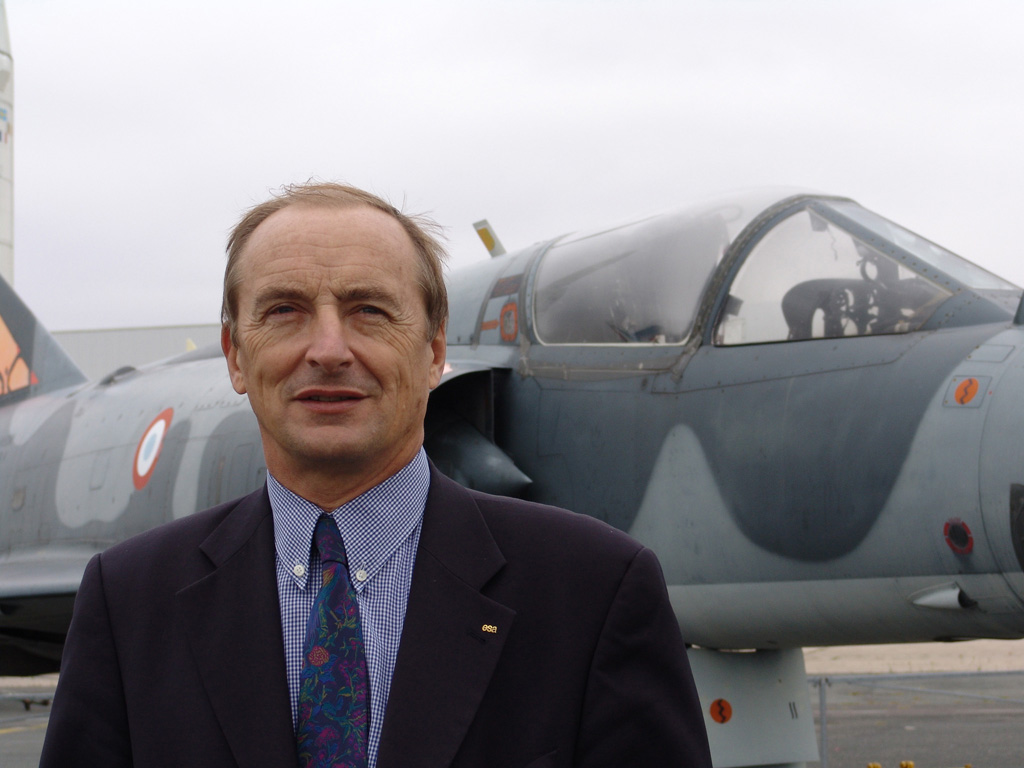
Mr. Haigneré is a French Air Force General Officer and a former CNES Astronaut.
He was born in 1948 in Paris, France, and joined the French Air Force as a fighter pilot, Squadron Commander 13e Colmar Fighter Squadron on Mirage 5th and Mirage 3E.
He was also responsible for the development of the Mirage 2000N and piloted the Dewoittine 520.
Mr. Haigneré flew on two missions to the Mir Space Station, one in 1993 and one in 1999 (Altair, Perseaus)
1999 - Head of the European Astronauts Division.
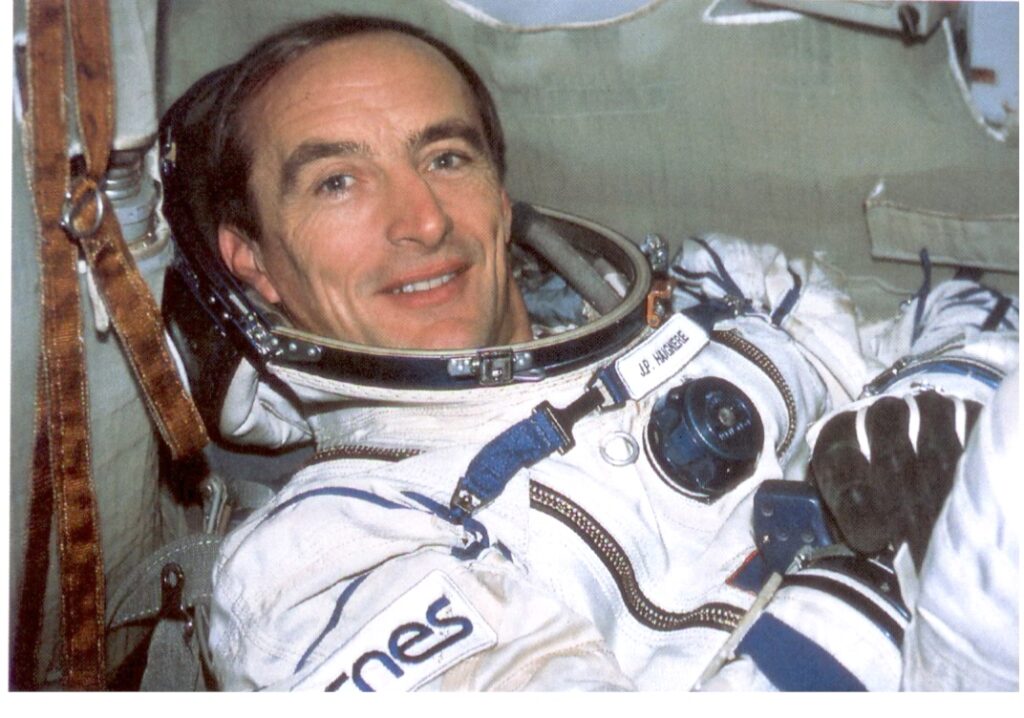
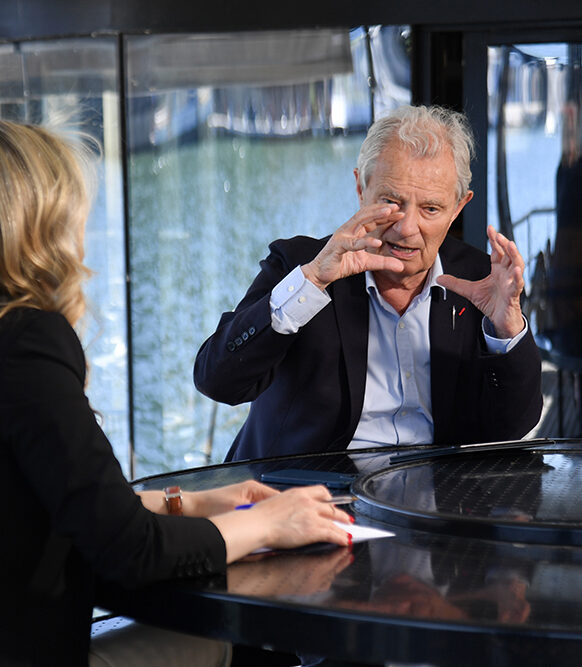
Aerospace and Defense Actors
Jacques Rougerie - Driving Innovation and Solutions to Global Crises

Aerospace and Defense Actors
Dominique Trinquet - The Driving Forces of Private Aviation
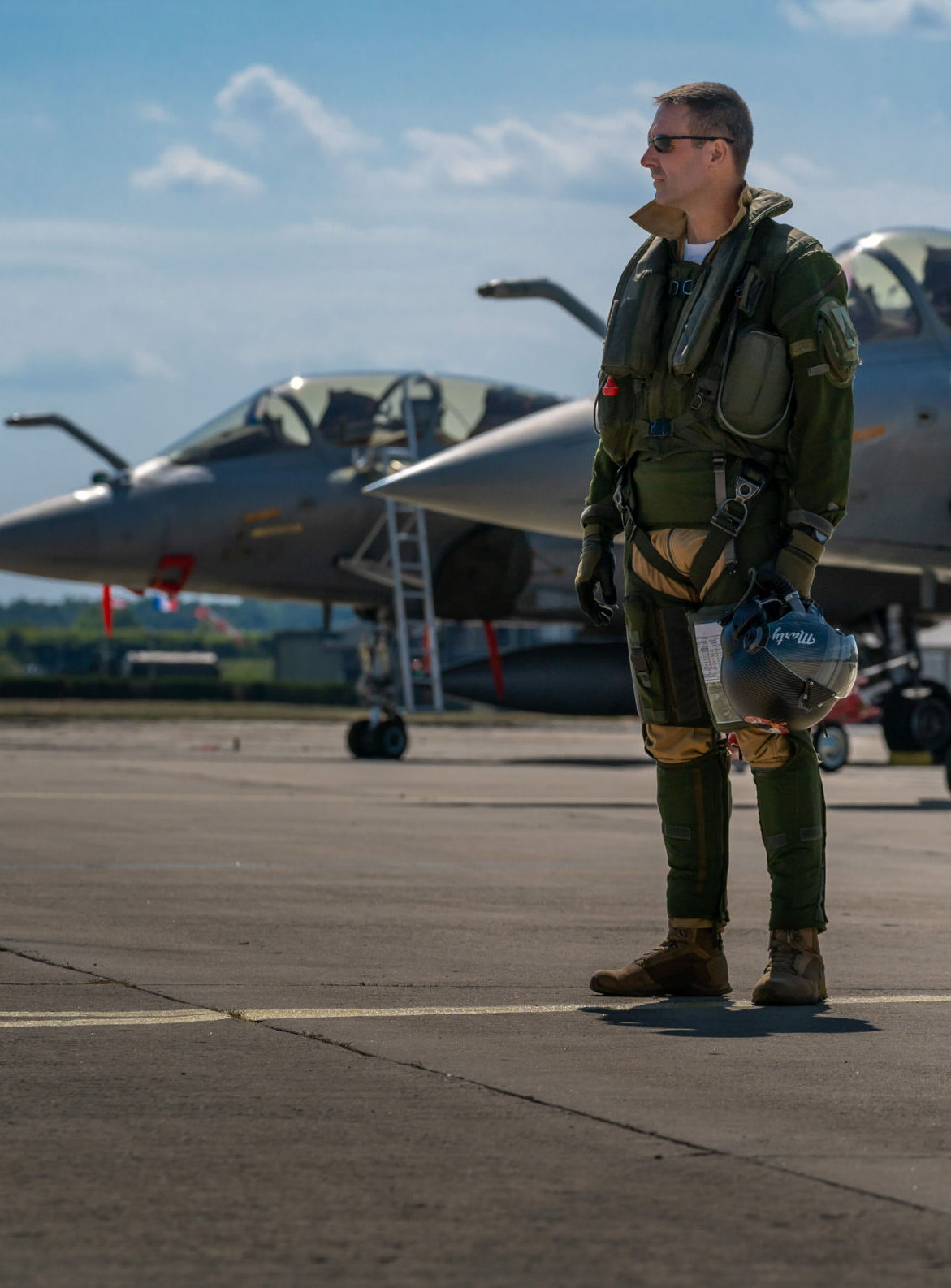
Aerospace and Defense Actors
French Air Force - Captain Jean-Guillaume Martinez: A Life Dedicated to Others: The Nation’s Real Stars
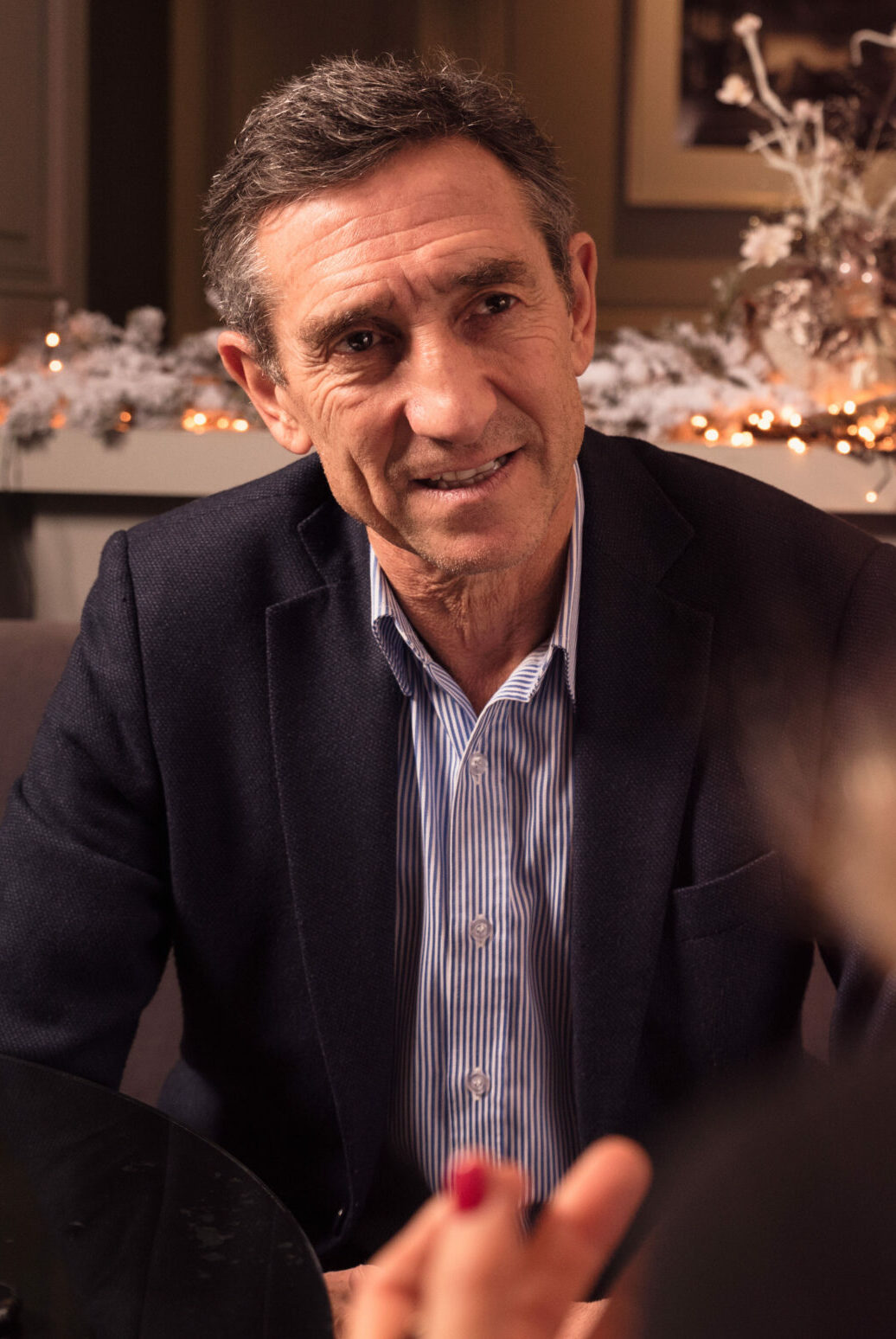
Aerospace and Defense Actors
Patrick Dutartre: Piloting your business with excellence. Leaders must inspire their employees.
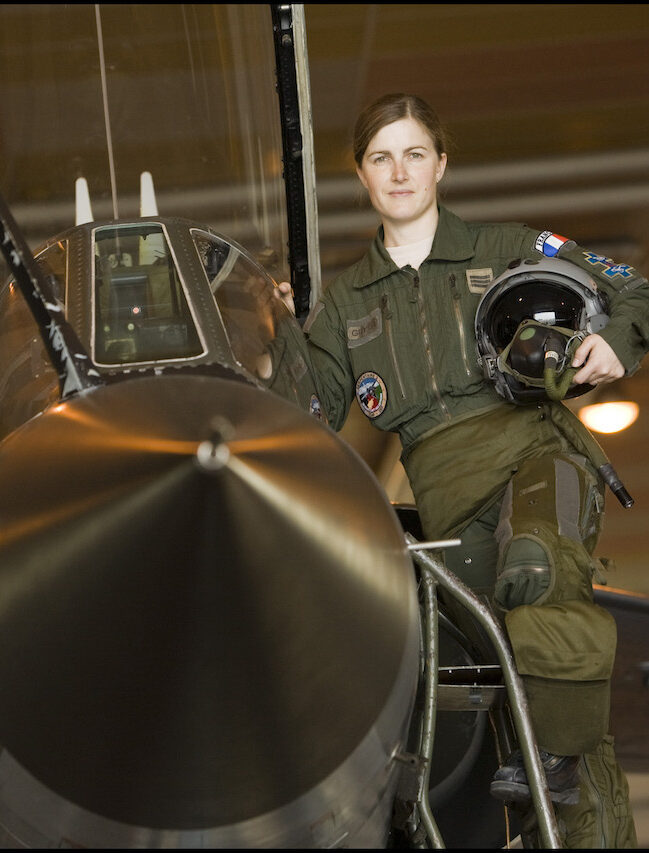
Aerospace and Defense Actors
Virginie Guyot - Fighter Pilot: True Leaders Inspire a Shared Purpose
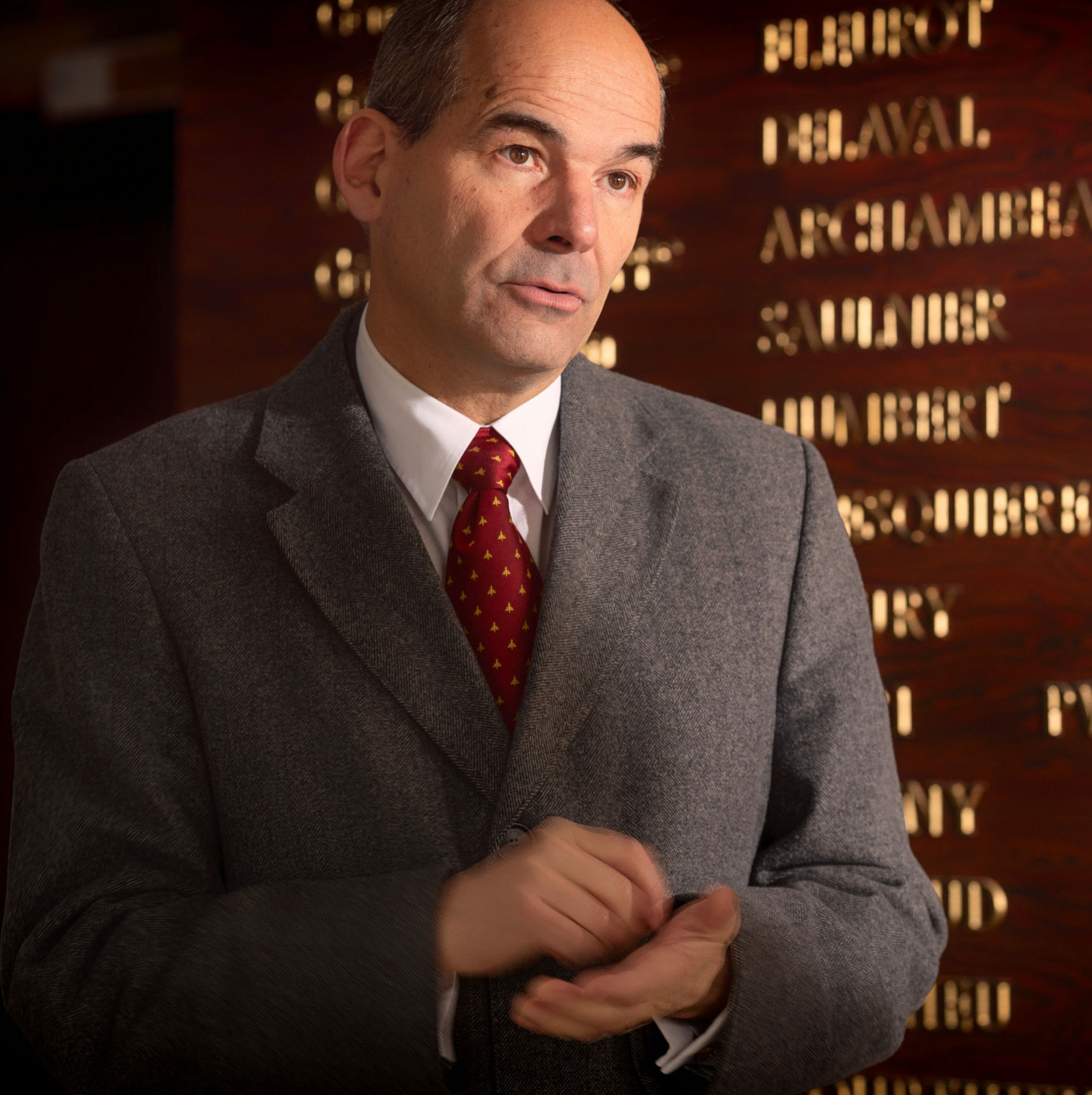
Aerospace and Defense Actors
General Patrick Charaix: Information Value and Quality on the Innovation Process Performance in a Collaborative Context
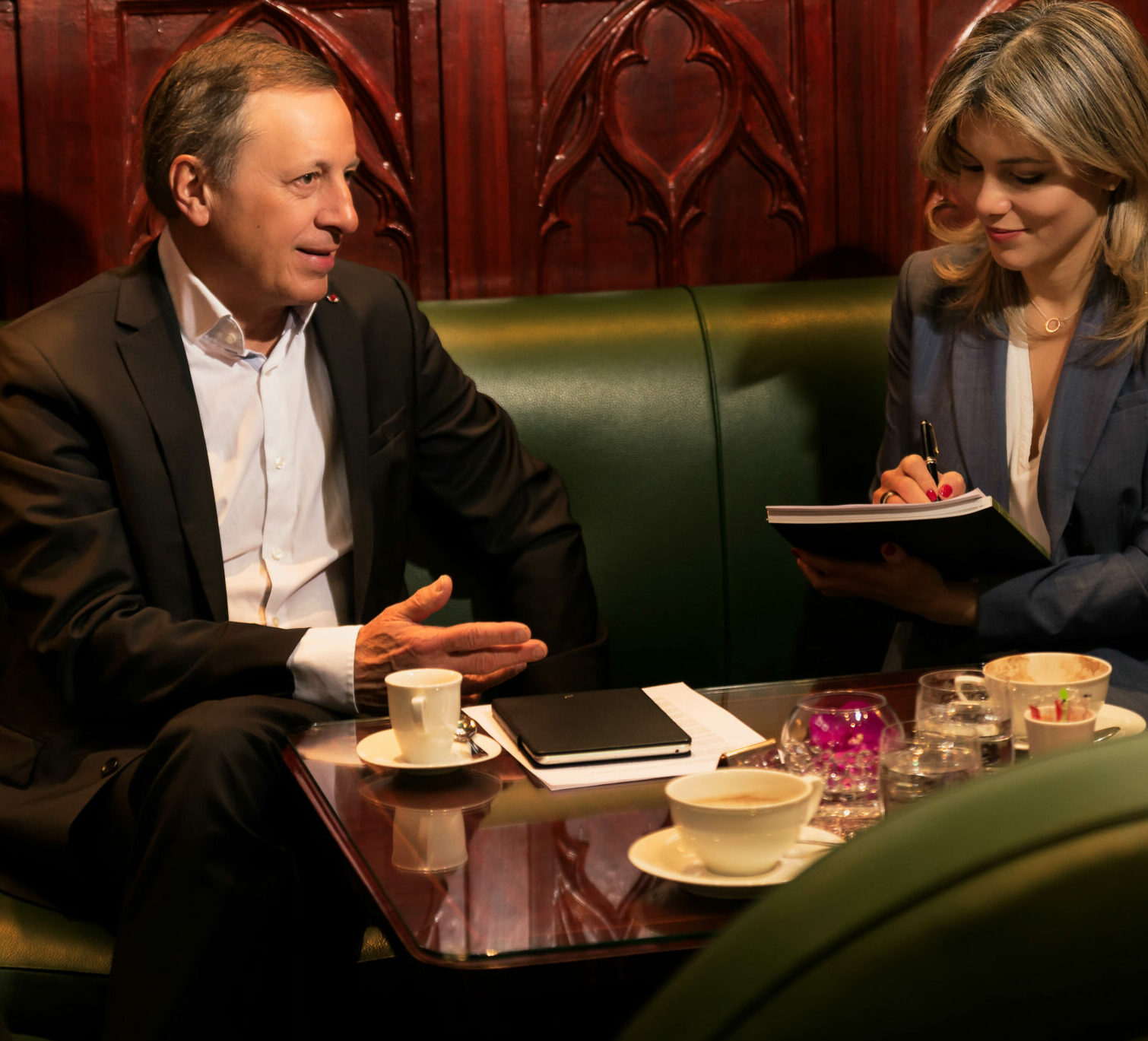
Aerospace and Defense Actors
Michel Tognini: The Astronaut Secret. Strategy, Communication, and Time Management Are Key
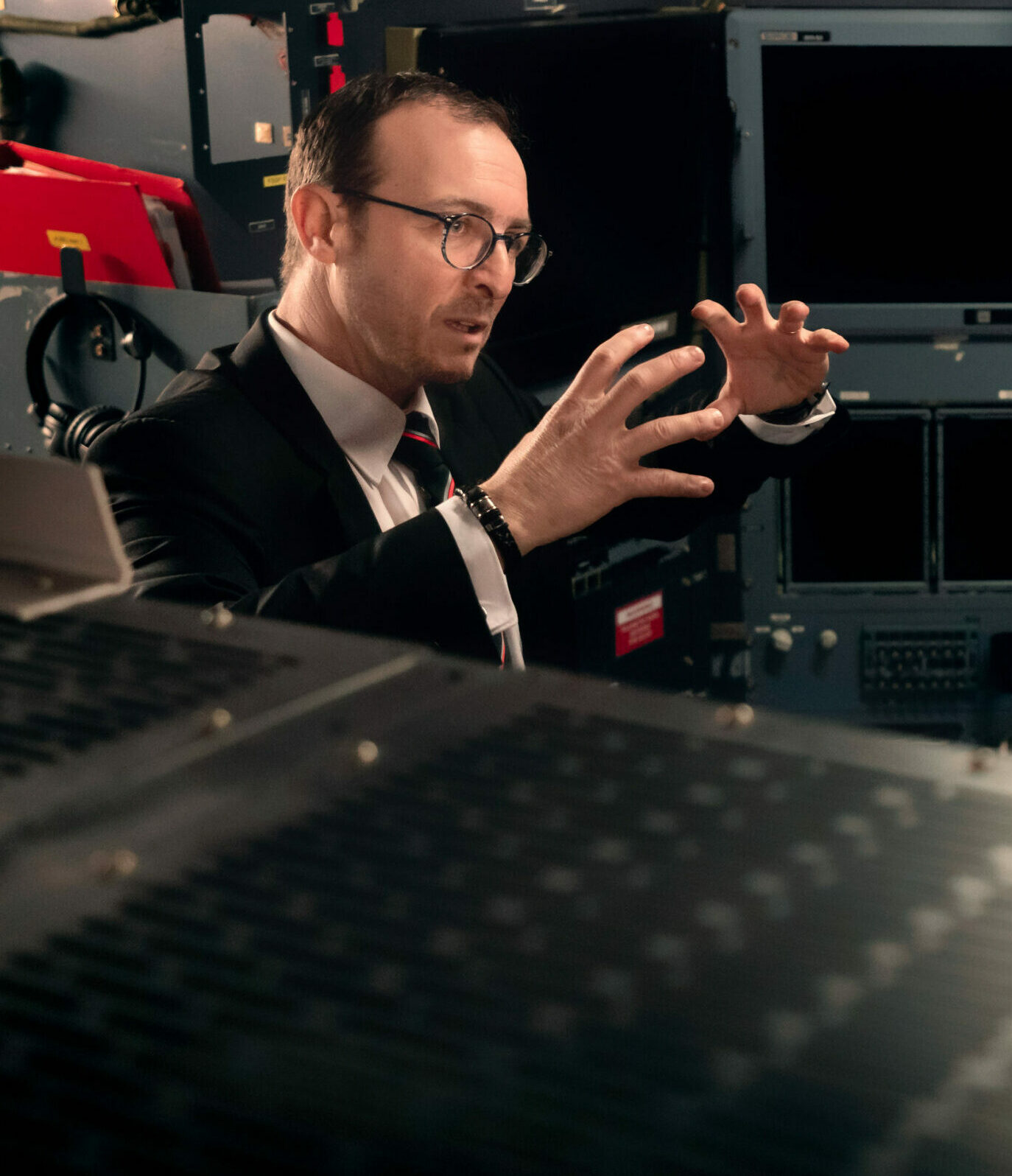
Aerospace and Defense Actors
Dr. Pascal Andrei - Incorporating Competitive Intelligence in a Strategic Vision
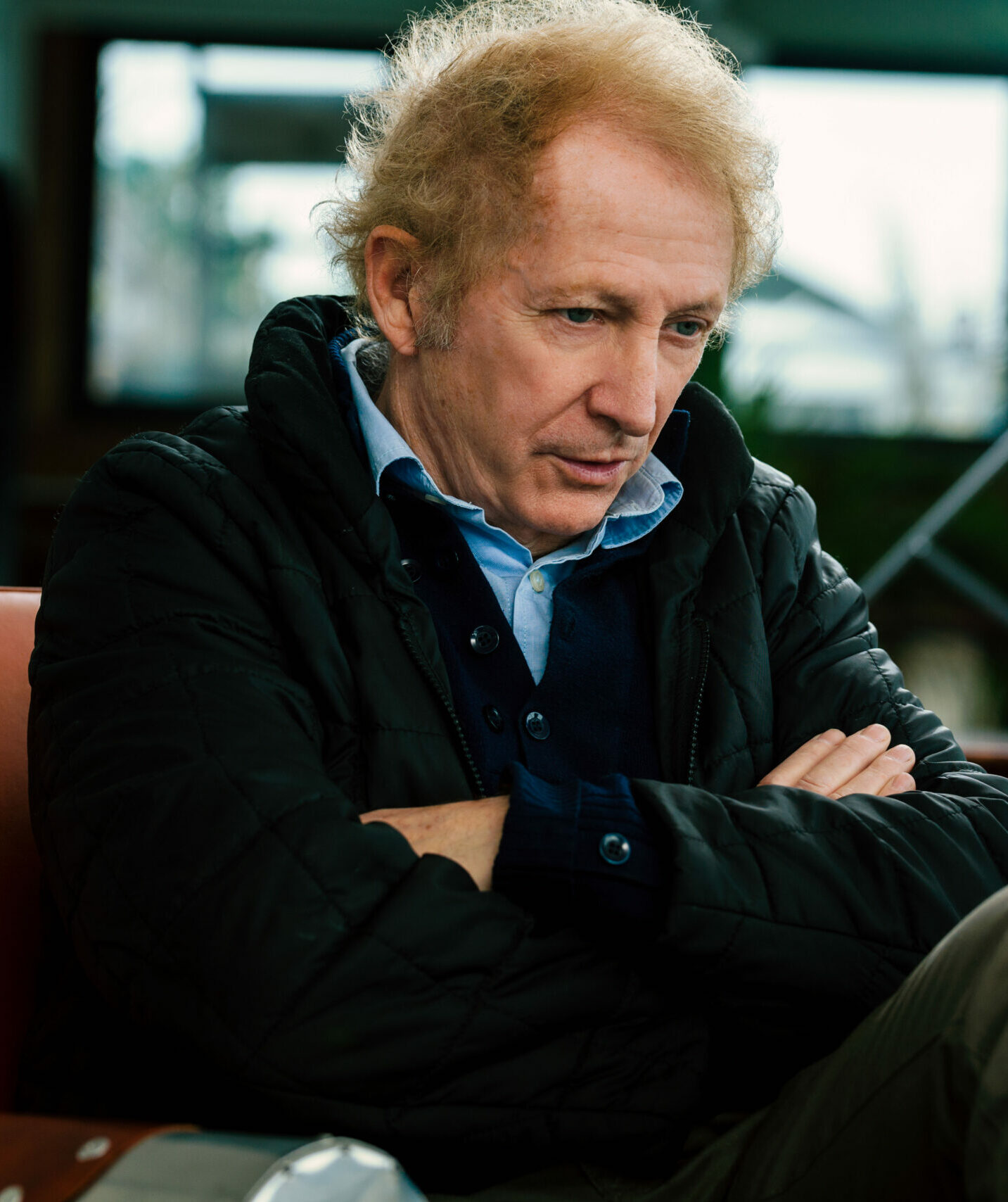
Aerospace and Defense Actors
Gérard Feldzer - Fighting for Peace; A World Without Frontiers

